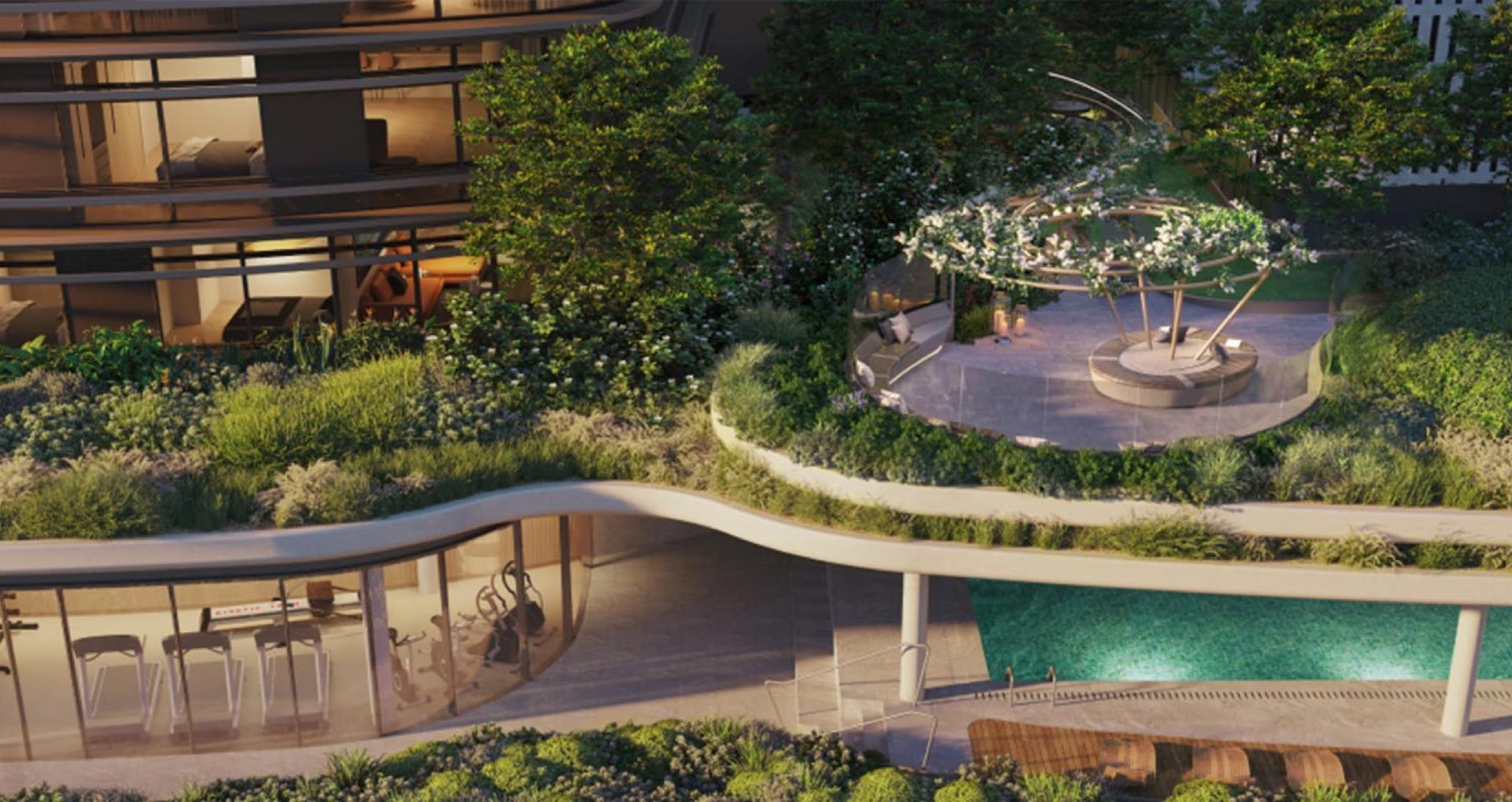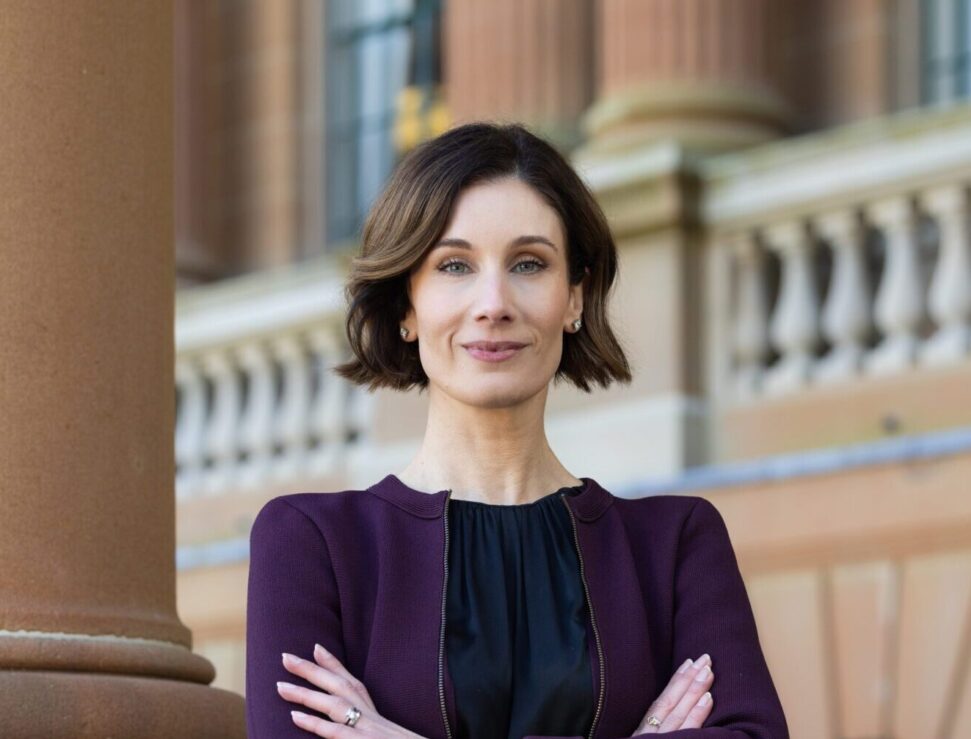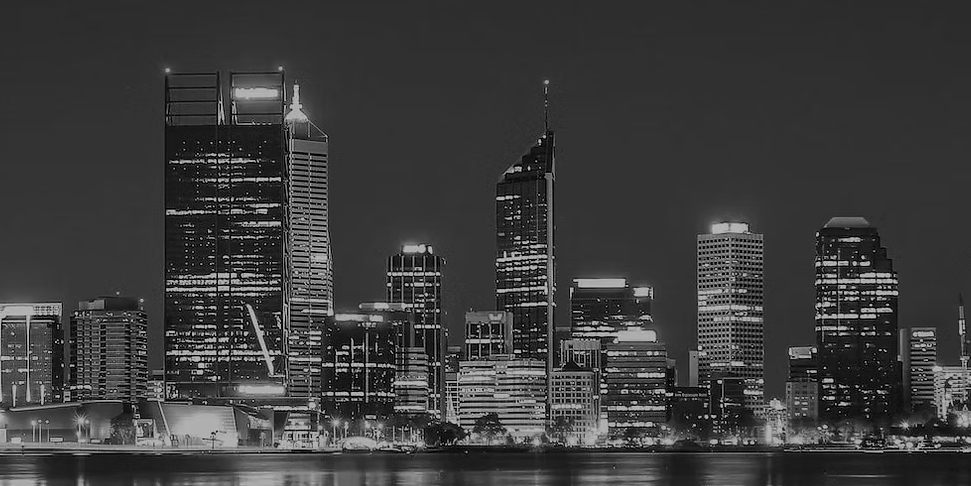Over the past decade, communities and corporations have become increasingly aware and concerned with the environmental impact of their activities.
As a result, a broad spectrum of developers, owners and investors are seeking to respond by holistically integrating sustainability into asset development operations.
Beyond ‘doing the right thing’, new buildings designed for high sustainability can produce measurable financial value through increased rental rates and asset value, generally without material additional capital expenditure. Importantly, existing building stock can also benefit from the ‘green wave’ through repositioning for energy efficiency towards a net zero carbon future.
Managing climate change
Reportedly buildings are responsible for 40% of global energy consumption and 33% of GHGE. So direct building CO2 emissions must be half by 2030 to get ‘on track’ for net zero carbon building stock by 2050.
- Owners and operators who invest in ‘green building’ strategies reduce the climate impact of their assets through:
- Improved passive design through the high-performance building fabric
- Energy-efficient services to maximise total building energy performance
- Incorporating less natural resources into impactful ‘green’ materials
- Utilising non-ozone-depleting CFC refrigerants in HVAC systems
- Maximising building electrification and utilisation on / off-site renewable energy
- Evidentially investors adopting these approaches also realise measurable improvement in business performance.
The drive for change
With its maturity, the sustainable building movement readily demonstrates its economic value to stakeholders through:
- Increased market demand and rental rates
- Increased asset value
- The reduced risk of depreciation
- Lower operating and maintenance costs
- Higher tenant attraction and retention rates
- Increased employee productivity and well-being
- Reduced churn and need to reconfigure space because of changing tenants
- Clear financial rewards, government regulation and shareholder pressures provide additional incentives to develop, own and occupy highly sustainable buildings, leveraging innovation and delivering value throughout the entire building life cycle.
Sustainable buildings represent one of the next decade’s most significant global investment opportunities, estimated by the International Finance Corporation to be valued at AUD 35.7 trillion by 2030.
Do companies that incorporate sustainability perform better?
The words ‘green’ and ‘sustainable’ are used throughout corporate materials, so does corporate social responsibility impact the bottom line?
Evidence would suggest that the answer is a resounding yes.
Studies have shown that global 500 companies demonstrating leadership in carbon disclosure or carbon performance yielded twice the average index return. Conversely, evidence suggests significantly negative impacts on productivity and return on equity for participants abandoning corporate social responsibility standards.
Workplace sustainable design also plays a massive role in our well-being. For example, green-certified offices have as much as a 26% improvement in cognition, 6% improvement in sleep quality and 30% reduction in health-related absenteeism.
What makes a building ‘green’
Combining architecture, systems, and end-use design with continual care and monitoring leads to lower energy use and reduced CO2 emissions. In addition, this focus on environmental stewardship also provides long-term value to the community, occupants, and owners.
High-performance, sustainable buildings connect intelligently to energy sources and smart grids through BMS integration for metering and data collection reporting. Efficiency and effectiveness are established and maintained through ratings tools and certifications such as NABERS, Green Star, BEEC, BASIX, WERS, WELL, and LBC.
These tools provide a consistent and comparative assessment of building performance across resource consumption, waste management, emissions, interior comfort, tenants’ health, and community well-being, recognising the achievement of integrated, whole-of-building processes throughout project development.
Delivering the ‘goods’
The capital cost of a sustainable building can be the same or lower than that of a traditional building. The design team acting as a collective is essential – including the owners, project managers, architects, engineers, sustainable design consultants, landscape designers, asset managers, the general contractor and key subcontractors, cost consultants and value engineers, and tenant representatives.
Through collective and interdisciplinary capability, the right team can incorporate many strategies that, taken alone, would increase first costs. For example, improving building envelope performance can reduce HVAC system requirements and operational energy usage.
The design team brings a comprehensive understanding of building occupancy and activities, leading to energy-efficient building design, reducing costs and improving occupant comfort and workplace performance.
Holistic optimisation can result in energy, environmental, or social improvements, a whole-of-building approach that can save 30% or more in energy costs over a conventionally designed building. The pathway to sustainability in built form can take many directions. However, general principles of a sustainable building include:
Improved building envelope’s energy efficiency
A ‘whole of building’ view of the thermal performance of materials used outside and inside a building. New building technologies, construction techniques and operational methodologies achieve previously unattainable energy savings.
Optimised energy use
Building orientation and location optimisation for radiant solar performance and natural lighting – balancing year-long heating and cooling loads demands by designing standard building elements to control, collect and store energy to optimum advantage. A sustainable envelope seeks to optimise passive and active ventilation for operational efficiency.
Technology utilisation
New design and analysis tools have improved a designer’s ability to predict building energy performance,. This provides better control over operations and maintenance costs. In addition, technology such as energy-efficient lighting, occupancy sensors, and daylighting strategies can reduce a building’s energy load and improve occupant comfort.
Resilient design
Resilient building envelopes factors in changing climatic conditions. The design team must understand global and localised climate patterns and projections; these influence construction material selection and a building’s long-term energy performance strategy.
Designing with water efficiency in mind
Water conservation technologies and techniques can be used to save water and associated energy costs, including water-efficient plumbing fixtures, reducing water use associated with irrigation and landscaping, greywater and process recycling systems that recycle or reuse water and reducing water use in HVAC systems.
Using sustainable materials
Material selection should exclude those featuring short service life, toxicity, and inferior life-cycle recyclability. In addition, consideration should be given to suppliers, material acquisition, manufacturing, packaging, transportation, installation, use and reuse/recycling and disposal.
Enhancing indoor environmental quality
Increased airtightness and thermal performance control energy gains/losses impacting ventilation requirements and indoor environment quality. Daylighting is also impacted by façade performance, balancing energy effectiveness with visible light transmission.
Adaptive reuse and recycled materials
Reusing buildings and using recycled materials and furnishings saves virgin materials and reduces the energy consumption in new material production. Adaptive reuse may also reduce the time associated with planning and permitting.
Avoid structural overdesign and construction waste
Optimal value engineering and advanced framing techniques reduce material to use without adversely affecting structural performance. Designing to minimise construction waste also minimises labour costs and disposal in a landfill.
Locally sourcing
Sustainable building design should seek to favour local sources of materials and labour, further stimulating the localised economy, which is particularly important in social and economic disadvantage areas.
To tackle the adverse effects of climate change, there is a vital role for those who play a part in property development to make a meaningful, enduring change.
When starting a project, it is essential to remember that an accurate assessment of design features and technologies comes from a clear understanding—not just of how the many components of a building work—but of how they work together.
David Radford is a Director of Essence and is responsible for the organisation’s ESG, specifically Essence’s response to climate change. More than 30 years of experience, complemented by a background in architecture, development and project management, has contributed to David’s in-depth understanding of what makes a project truly sustainable.
For information about the services we provide in managing sustainable projects, talk to David.





